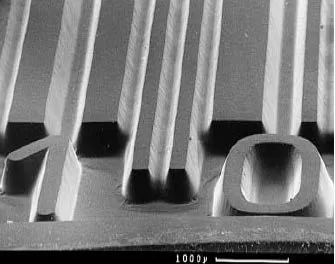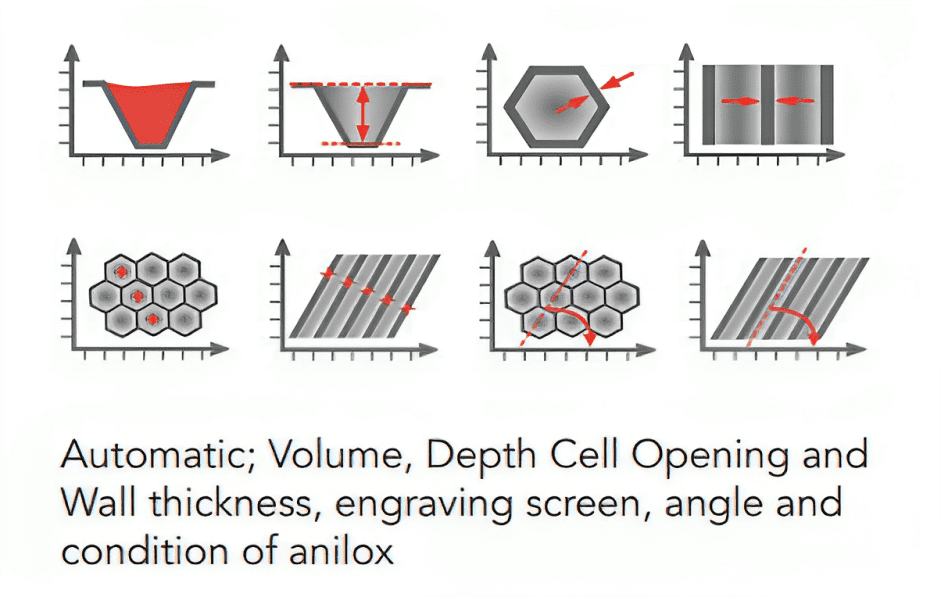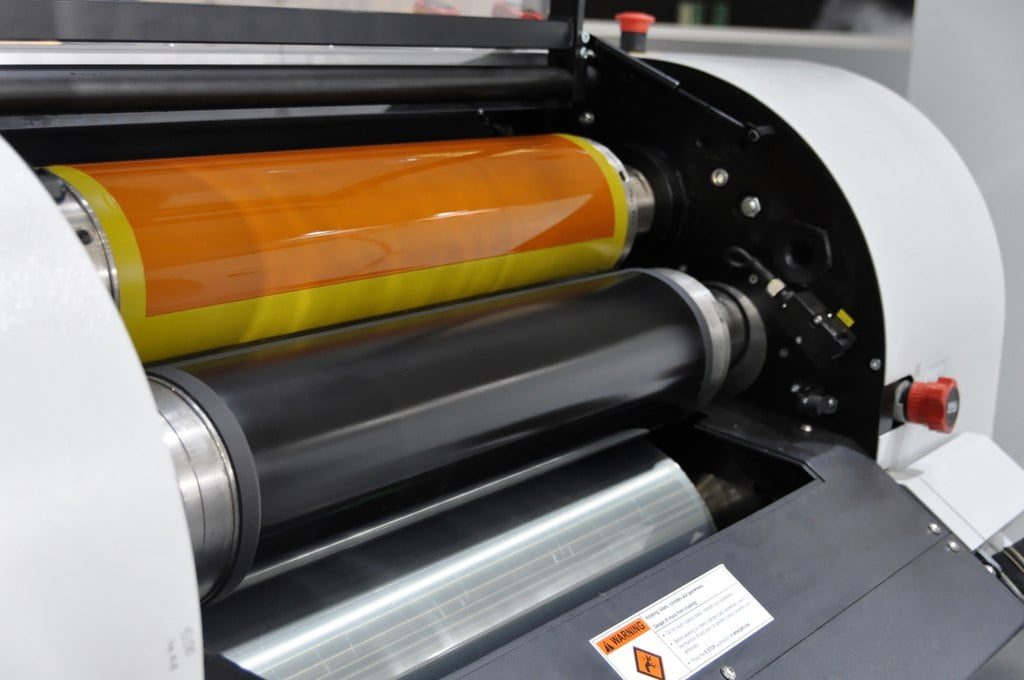Flexographic printing, renowned for its versatility and high-speed production, depends heavily on efficient ink management systems. At the heart of this process are ink pumps, which play a crucial role in delivering consistent, controlled ink flow to the printing plates. Without these components, achieving the precision and efficiency demanded by modern printing would be nearly impossible.
Let’s explore what makes ink pumps indispensable in flexography, their types, operational benefits, and best practices for maintenance.
What are Ink Pumps in Flexographic Printing?
Ink pumps are mechanical devices designed to transport ink from the reservoir to the anilox roller, ensuring a consistent supply throughout the printing process. These pumps eliminate the need for manual ink handling, allowing printers to maintain a steady workflow while reducing ink waste and minimizing operator intervention.
Key Functions of Ink Pumps
1. Controlled Ink Flow
Ink pumps regulate the flow of ink to the printing plates, ensuring uniformity and reducing inconsistencies in print quality.
2. Reduced Downtime
By automating ink circulation, ink pumps minimize interruptions caused by manual refilling or ink level monitoring.
3. Waste Reduction
Efficient pumping systems prevent ink spillage and overuse, aligning with cost-effective and sustainable printing practices.
Types of Ink Pumps Used in Flexography
1. Diaphragm Pumps
- How They Work: Use reciprocating diaphragms to create suction and move ink.
- Benefits: Suitable for handling viscous inks and resistant to clogging.
- Ideal For: High-viscosity or water-based inks.
2. Peristaltic Pumps
- How They Work: Use rotating rollers to compress flexible tubing, pushing ink through the system.
- Benefits: Gentle on inks, easy to maintain, and highly accurate.
- Ideal For: Applications requiring precise ink delivery.
3. Gear Pumps
- How They Work: Utilize interlocking gears to pump ink.
- Benefits: Provide consistent flow and are highly durable.
- Ideal For: High-volume printing operations.
4. Centrifugal Pumps
- How They Work: Use centrifugal force to move ink through the system.
- Benefits: Efficient for high-speed operations but less suitable for thick inks.
- Ideal For: Large-scale printing jobs with low-viscosity inks.
Advantages of Incorporating Ink Pumps
Enhanced Efficiency
Ink pumps automate the ink supply process, allowing operators to focus on other critical tasks, boosting overall productivity.
Consistent Print Quality
By maintaining a steady ink flow, these pumps eliminate variations that can lead to uneven prints or color inconsistencies.
Improved Operator Safety
Automated ink handling reduces exposure to hazardous chemicals, ensuring a safer working environment.
Sustainability Benefits
Efficient ink usage aligns with eco-friendly printing practices, minimizing waste and environmental impact.
Maintaining Ink Pumps for Optimal Performance
1. Regular Cleaning
Ink residues can clog the pump and tubing over time. Clean the components after each production run to avoid blockages.
2. Inspect for Wear and Tear
Check seals, diaphragms, and other parts for signs of wear. Replace worn components promptly to prevent pump failure.
3. Monitor Ink Viscosity
Using inks with improper viscosity can strain the pump. Ensure inks are within the recommended range for your system.
4. Lubricate Moving Parts
For gear and diaphragm pumps, lubrication is essential to reduce friction and prolong lifespan.
5. Test Flow Rate
Periodically test the flow rate to ensure the pump delivers ink consistently. Variations may indicate a need for maintenance or replacement.
Innovations in Ink Pump Technology
The printing industry has seen significant advancements in ink pump technology:
1. Digital Controls
Modern ink pumps feature digital controls, allowing operators to adjust flow rates with precision for enhanced print quality.
2. Self-Cleaning Mechanisms
Integrated self-cleaning systems reduce downtime and maintenance requirements, keeping production lines running smoothly.
3. Energy-Efficient Designs
Newer pumps are designed to minimize energy consumption, contributing to sustainable printing operations.
Challenges and Solutions in Ink Pump Operation
Challenge: Ink Foaming During Pumping
- Solution: Use anti-foaming additives or choose pumps designed for low-shear operation.
Challenge: Clogging with High-Viscosity Inks
- Solution: Opt for diaphragm or peristaltic pumps, which are better suited for viscous materials.
Challenge: Uneven Flow Rates
- Solution: Regularly inspect and calibrate the pump to maintain consistent performance.
FAQs
What is the primary function of an ink pump in flexography?
An ink pump transports ink from the reservoir to the anilox roller, ensuring a consistent supply for uniform print quality.
Which type of ink pump is best for high-viscosity inks?
Diaphragm and peristaltic pumps are ideal for handling high-viscosity inks due to their robust design and resistance to clogging.
How often should ink pumps be cleaned?
It’s recommended to clean ink pumps after each production run to prevent residue buildup and ensure smooth operation.
Can ink pumps handle water-based inks?
Yes, many ink pumps, especially diaphragm pumps, are compatible with water-based inks.
Are there eco-friendly ink pump options?
Modern ink pumps often feature energy-efficient designs and mechanisms to minimize ink waste, aligning with eco-friendly practices.
What factors affect the lifespan of an ink pump?
Regular maintenance, proper cleaning, and using inks within the recommended viscosity range are key to extending an ink pump’s lifespan.
Conclusion
Ink pumps are the lifeblood of flexographic printing, streamlining ink management and enabling consistent, high-quality output. By understanding the types of ink pumps, their benefits, and proper maintenance practices, printers can optimize their workflows and reduce operational challenges. As technology continues to evolve, ink pumps are set to become even more efficient, versatile, and sustainable, reaffirming their essential role in the flexographic printing industry.






